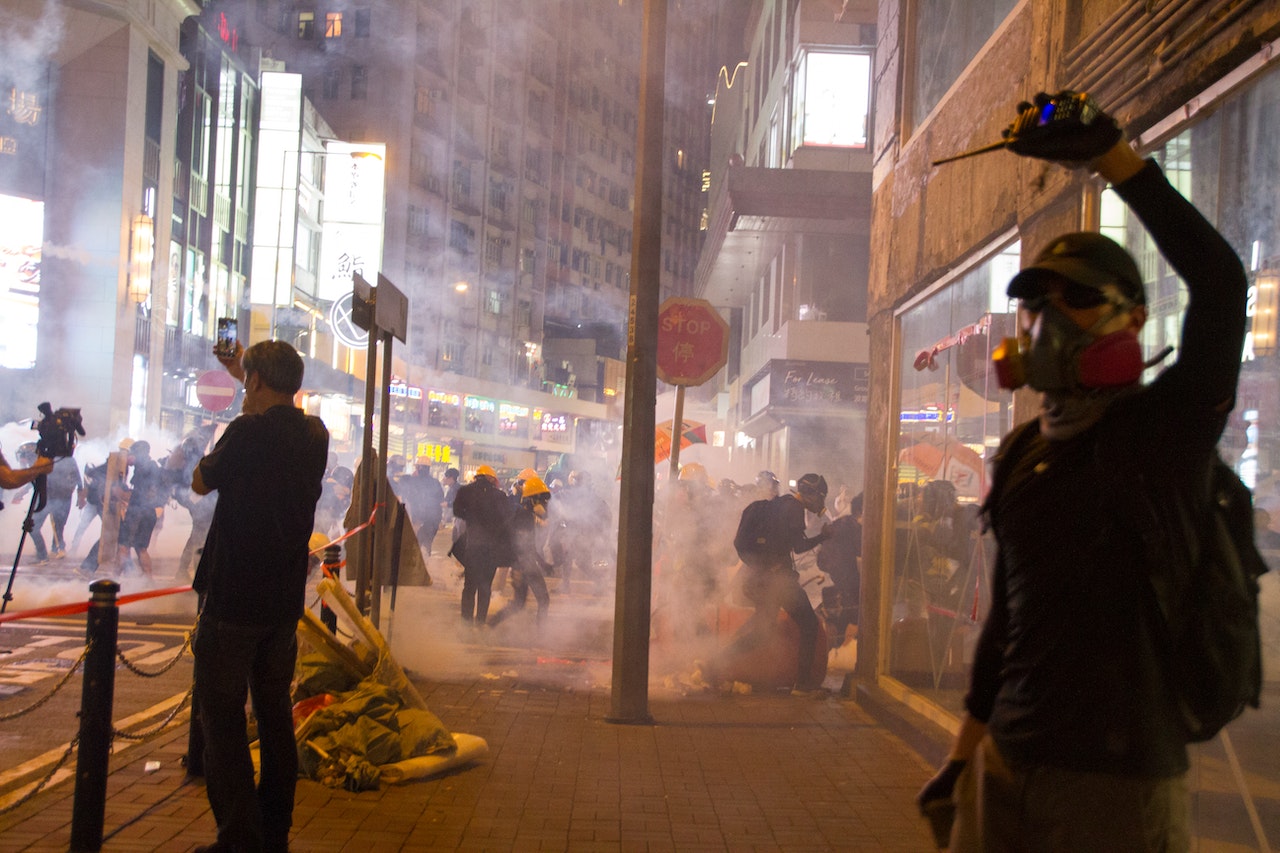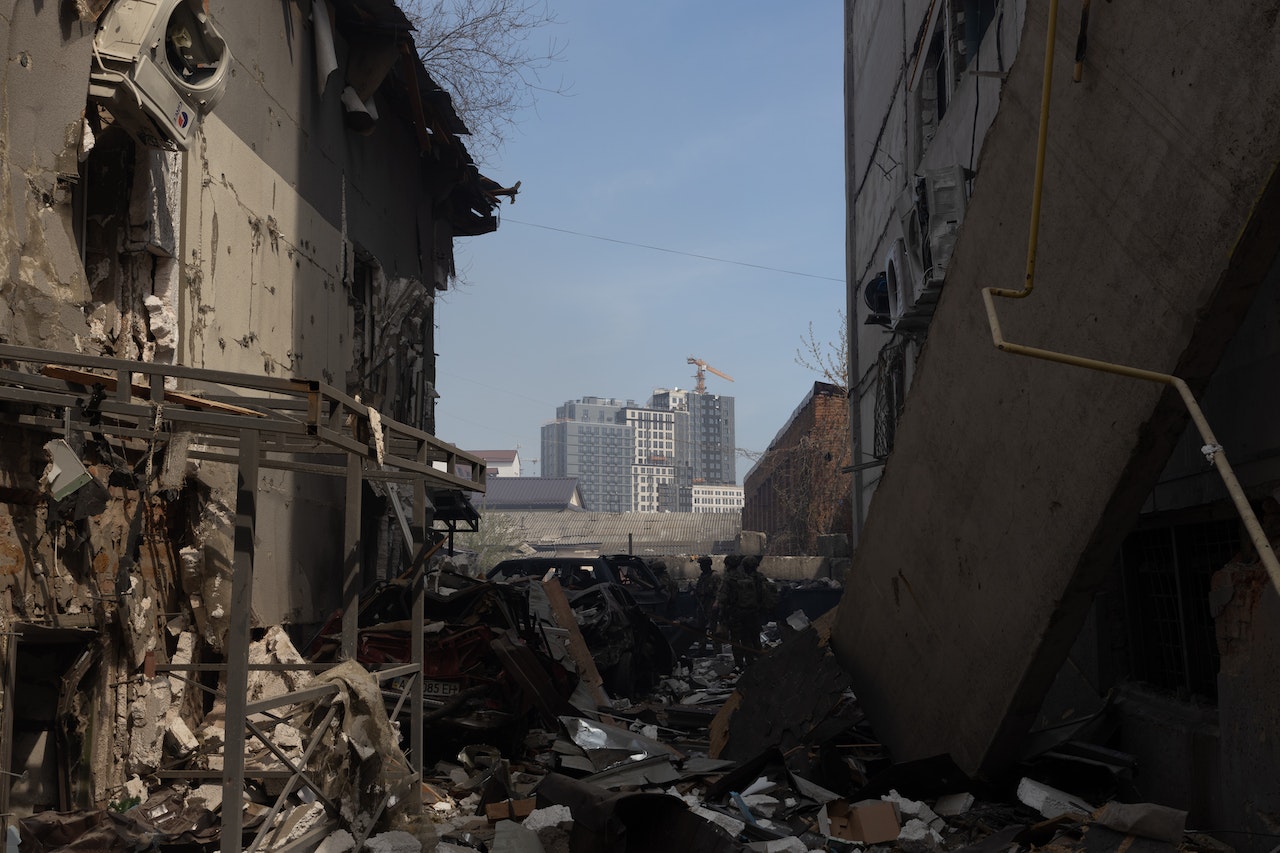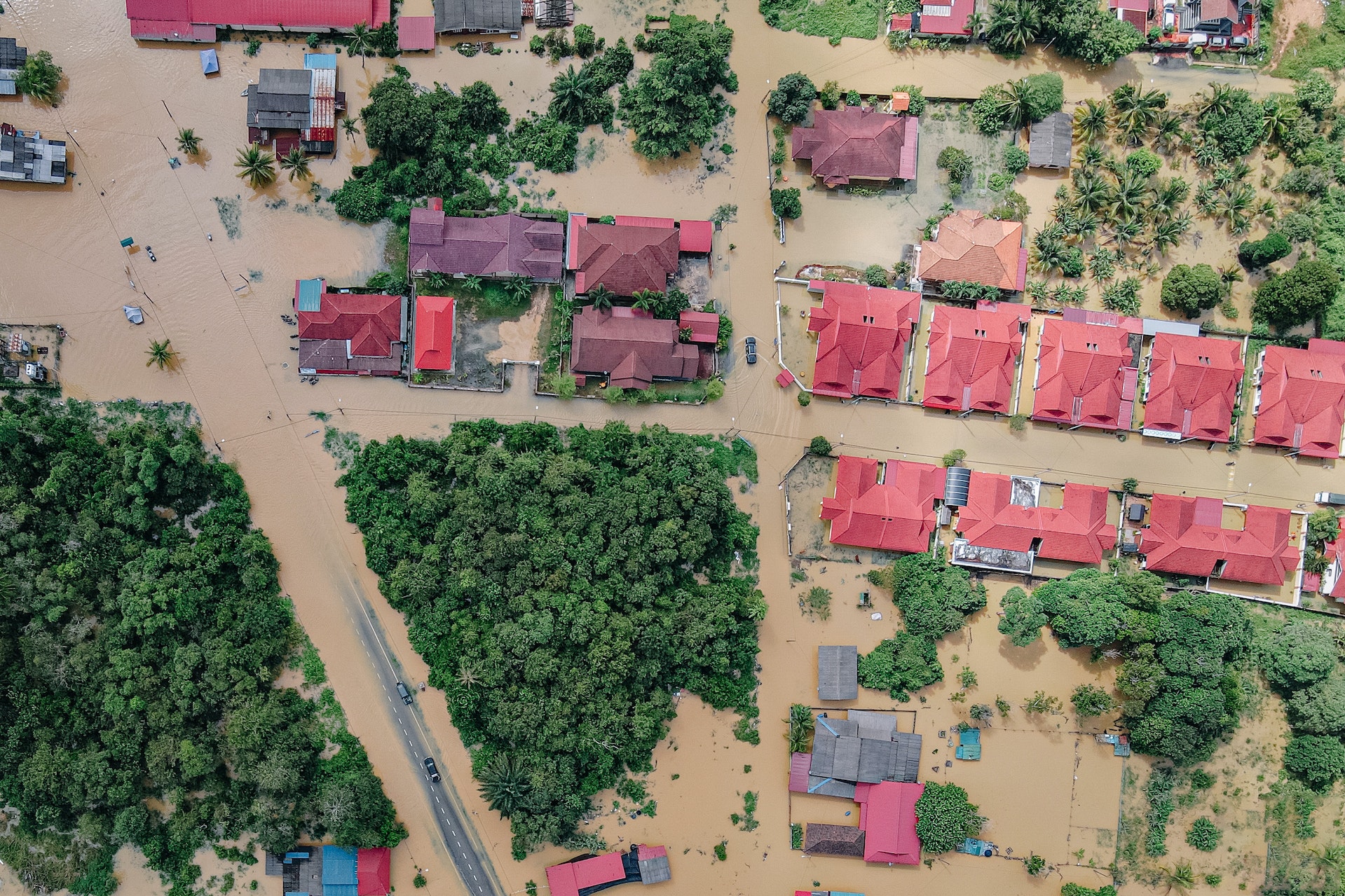Photo by: LT Chan Source: Pexels
Civil disorder, often arising from political unrest, economic instability, or societal grievances, can present unique and challenging situations for civilians caught in the midst. While the majority of protests and civil movements are peaceful, there are instances when tensions escalate, leading to violence, looting, or even full-blown riots. In such times, understanding how to prepare and respond can be crucial for personal safety and wellbeing. This guide provides detailed insights and actionable steps to navigate and survive in the face of civil disorder.
1. Understanding Civil Disorder
1.1. What Triggers Civil Disorder? Civil disorder can arise due to a range of issues, including:
- Political instability or government actions.
- Economic downturns, job losses, or stark inequalities.
- Social injustices, like racial or ethnic tensions.
- Unexpected events or catalyst incidents, like the mistreatment of an individual.
1.2. Forms of Civil Disorder Civil disorder can manifest as:
- Protests or demonstrations.
- Strikes or blockades.
- Riots or violent confrontations.
- Looting or property destruction.
2. Prepping for Potential Civil Disorder
2.1. Stay Informed
- Sources: Monitor local news, reliable online sources, and community networks for updates on unfolding events.
- Decipher the Climate: Understand the root cause of the unrest to better predict its trajectory.
2.2. Home Safety
- Secure Entry Points: Reinforce doors and windows.
- Visibility: Keep blinds or curtains closed, but stay observant of your surroundings.
- Defensive Tools: While weapons can be a deterrent, they also carry risks. Non-lethal defenses like pepper sprays or alarms can be alternatives.
2.3. Emergency Kits Prepare a go-bag that includes:
- Non-perishable food and water for a week.
- Essential medications and first aid supplies.
- Copies of vital documents like IDs and property deeds.
- A flashlight, multi-tool, and battery-powered radio.
- Spare clothes and personal items.
- Cash in small denominations.
2.4. Evacuation Plans
- Routes: Plan multiple routes out of your neighborhood and city.
- Shelter: Identify safe locations, like a friend’s house away from hotspots or designated community shelters.
3. When Civil Disorder Strikes
3.1. Avoid Hotspots
- Steer clear of areas where large gatherings or protests are happening, especially if they’re known to be volatile.
3.2. Ensure Communication
- Stay Connected: Maintain communication with family members. Have a pre-designated meetup point if separated.
- Backup Power: Have portable chargers and batteries to ensure your phone remains operational.
3.3. Limit Movement
- Avoid unnecessary travel. If you must go out, inform someone of your route and expected return time.
3.4. Blend In
- If caught in an unrest situation, avoid drawing attention. Stay calm, do not engage, and seek an exit route.
4. If You’re at Home During Civil Disorder
4.1. Stay Indoors
- It’s generally safer inside your home. Avoid venturing out unless absolutely necessary.
4.2. Avoid Windows and Doors
- If violence or rioting is close to your vicinity, stay away from windows to avoid being harmed by projectiles or debris.
4.3. Stay Informed
- Keep a line of communication open. Radios, televisions, and smartphones can be vital sources of real-time information.
4.4. Be Ready to Evacuate
- If the situation worsens and approaches your residence, be ready to leave. Prioritize personal safety over property.
5. Post-Civil Disorder
5.1. Stay Vigilant
- Tensions might not dissipate immediately. Continue to monitor the situation and avoid hotspots.
5.2. Community Engagement
- Engage with community groups or neighborhood associations. There’s strength and safety in numbers.
5.3. Mental and Emotional Wellbeing
- Civil disorder can be traumatic. Consider seeking counseling or engaging in community healing activities.
5.4. Plan for the Future
- Evaluate the effectiveness of your preparedness measures. Adjust and replenish resources as needed.
Conclusion
Civil disorder, while disruptive, is often a manifestation of deeper societal issues. While individuals may not always have the power to prevent or mitigate these occurrences, they can control their response. Preparedness, awareness, and a commitment to personal and community safety can go a long way in ensuring survival and wellbeing during such events. Remember that in the midst of chaos, compassion, understanding, and unity can pave the way to recovery and resolution.



